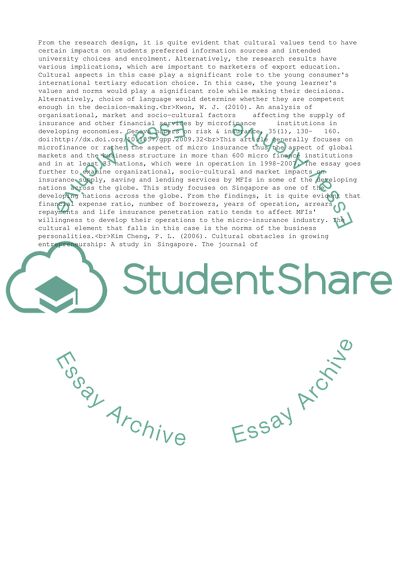Cite this document
(Global Business Cultural Analysis in Signapore Essay, n.d.)
Global Business Cultural Analysis in Signapore Essay. https://studentshare.org/business/1838446-global-business-cultural-analysis-in-signapore
Global Business Cultural Analysis in Signapore Essay. https://studentshare.org/business/1838446-global-business-cultural-analysis-in-signapore
(Global Business Cultural Analysis in Signapore Essay)
Global Business Cultural Analysis in Signapore Essay. https://studentshare.org/business/1838446-global-business-cultural-analysis-in-signapore.
Global Business Cultural Analysis in Signapore Essay. https://studentshare.org/business/1838446-global-business-cultural-analysis-in-signapore.
“Global Business Cultural Analysis in Signapore Essay”. https://studentshare.org/business/1838446-global-business-cultural-analysis-in-signapore.


